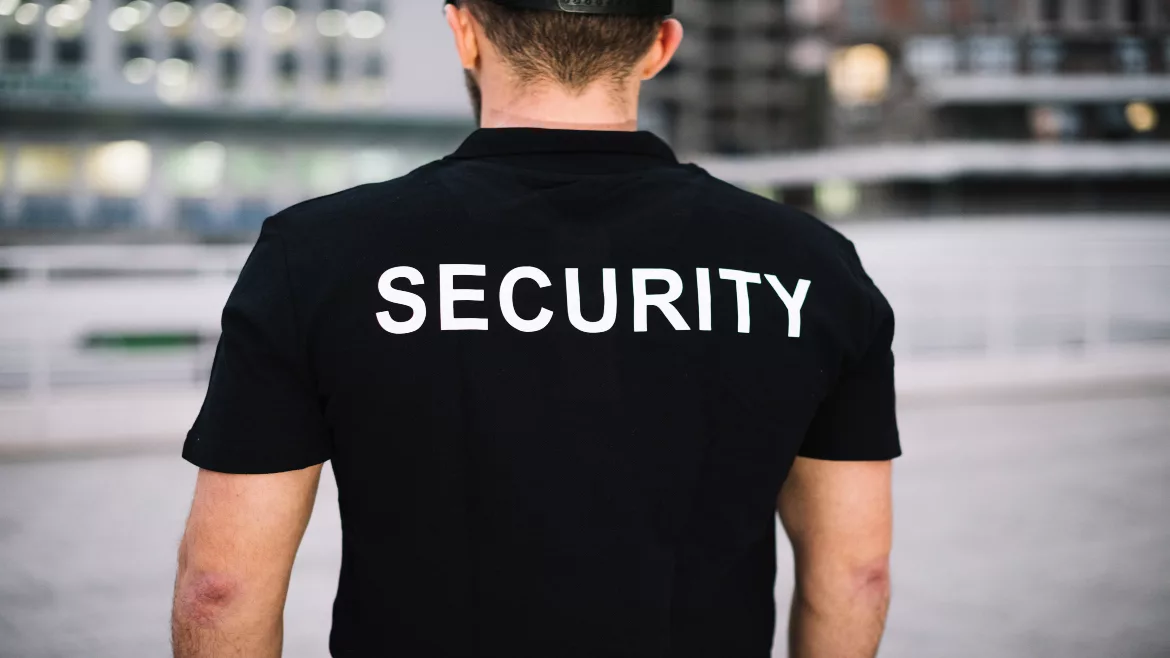The problem with low end bids in the security guard industry

In the security guard industry, do prices determine quality? Yes, they emphatically do.
Before a course for this argument is to be made, we must, first of all, quell prevalent myths about security guards. Security guards do not resemble the stereotype of lazy, untrained, perhaps overweight and inhospitable male bodybuilders.
Modern concepts of security guards have a long history, one that stretches conservatively to the 1800s. Among the earliest, most prominent clients of these security agencies were railroad operators who were often victims of thieves who robbed trains and passengers of cargo and personal items.
The Pinkerton Agency was founded in 1850 by the colorful Allan Pinkerton, himself a soldier, detective, author, and aid to abolitionists. The private security industry quickly flourished, allowing the Pinkerton Agency to expand its role from guarding railroad shipments to investigating crimes and advising businessmen whose operations frequently drew the attention of the lawless.
As with most new industries in the U.S., the security guard agencies fell under the eye of regulations. The first act was introduced in 1915 by California, which gave regulatory powers to the Administration of the State Board of Prison Directors.
The U.S. government, rather than stomp out private security agencies, equally saw the need for such enterprises, a need that was evident with the lack of security for commercial properties. Theft was, as it still is now, a major impediment to many businesses. Today’s theft figures, perhaps not as shocking as the 19th century’s, still hold a barometer to the urgent relevance of security guards.
The Need: Today’s numbers
More than 35% of lost sales are attributed to external theft/shoplifting. That is the most significant percentage of losses for retail stores. Coming in second with 24% in losses is internal theft/employee theft, followed by vendor and supplier losses of 21.47%, according to Organized Retail Crime.
The average value of each shoplifting incident in the U.S. during 2017-2018 amounted to $89.80 (or $16.86 more than the global average). Internal sources, such as employee theft, were worth $12.75 more in the U.S., at $71.75, compared to the rest of the world., as reported by ChainStorage.com.
Though myriad and not localized to one particular fault, the reasons serve as a buttress to the foreseeable growth of theft if not prevented through the physical presence of security guards. Surveyed by the Loss Prevention, the following reasons for theft are as follows:
- A higher level of organized retail crime
- Felony threshold levels have been raised
- There is overall less staff on the salesfloor
- A shift in attitude towards shoplifting as a low-risk, high-reward activity
The highest sections of retail affected by theft are in fashion and accessories, with the highest rate of shrink by retail at 2.43%. Convenience stores and home, garden and auto stores had a rate of 2.05%, followed by drug stores at 2.03%.
The most shoplifted items, not in a particular order, are:
- Fashion Apparel and Accessories: Jewelry, sunglasses, shoes, sports clothing
- Home Improvement: Batteries, plants, power tools, building supplies
- Electronics: Video games, laptops, DVDs, iPads, phones & phone accessories
- Food and Drink Products: Alcohol, meat, cheese, coffee, baby formula
- Beauty and Health: Makeup, perfume, over-the-counter drugs, razors, electric toothbrushes
To expound on the reality of the situation, consider the more than $50.6 billion in annual losses recorded in 2017-2018. If a retail store earned $1 million in sales with 50% gross margins, the shrinkage at just 2% would cost the retail store $10,000, according to the National Retail Federation (NRF).
Considering the high value of these losses, the quality of those assigned to protect these items must also be equally valued.
A 2019 survey report from the NRF cited the following statistics:
- 44% of shoplifters said that they would refrain from theft if employees paid closer attention to them.
- Modus Operandi 20% of known shoplifters visited at least 3 locations of a retail chain.
- The average product shrink rate for 2019 was 1.33%.
- 71.3% of retailers reported an increase in organized retail crime in comparison to the previous year.
Another report from the Loss Prevention Media cited the following:
- Approximately 1 out of 11 people in the U.S. are shoplifters.
- ¼ of shoplifters are children.
- 55% of shoplifters began shoplifting when they were teenagers.
- Nearly ¾ of shoplifters have said they don’t plan to steal ahead of time.
- 89% of children know other children who shoplift — and 66% of respondents say they hang out with those juvenile shoplifters.
- Shoplifters are caught once out of every 48 times they steal — and, when they are caught, they are arrested 50% of the time.
- “Professionals” make up only 3% of shoplifters — but this group is responsible for 10% (or more) of all profit loss from theft.
The mere presence of a security guard is not the only benefit to hiring a security firm. As new threats and areas of concern emerge, e.g., “Increasing boldness on the part of shoplifters due to bail reforms and criminal justice reforms,” “More attempted theft without fear of consequences,” “Merch theft in fitting rooms,” “Self-checkout, mobile checkout” and “Opioid addiction, mental health challenges and economic conditions,” as reported by National Retail Security Survey, fast-thinking, well trained, respectful, customer service oriented officers are also required. These fine qualities are rare to come by with low wages. Highly desirable candidates for security guards are usually veterans, experienced and trained guards.
For a retail store or other businesses to pay less would be to expect a lower quality of security guards, which would, in turn, make the stereotypes depicted by Hollywood unfortunately unavoidable.
Looking for a reprint of this article?
From high-res PDFs to custom plaques, order your copy today!







